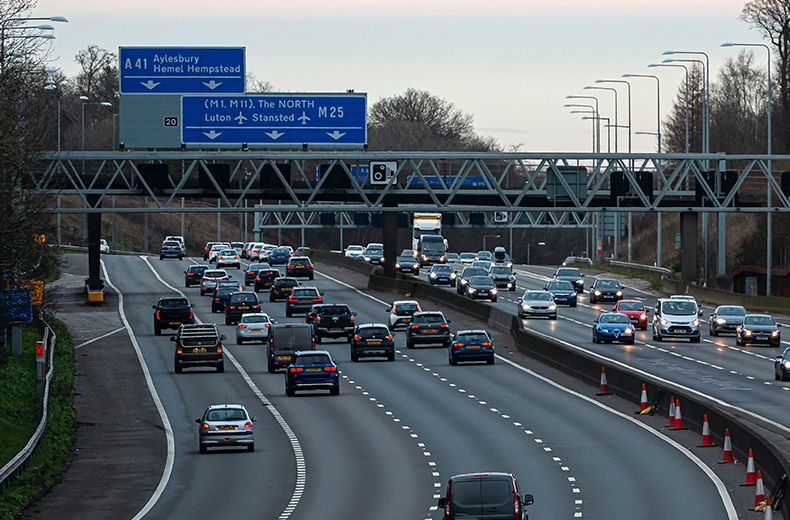According to a new report from The Office of Rail and Road (ORR), National Highways is set to achieve its overall safety target for the Strategic Road Network in England. However, urgent changes are needed to improve safety on smart motorways.
Stopped Vehicle Detection (SVD) technology is radar-based technology that is on every all lane running (ALR) smart motorway where the hard shoulder has been permanently converted to a live traffic lane.
ORR reports that National Highways had SVD technology in place on every existing ALR smart motorway by the end of September 2022.
However, there has been widespread criticism of the scheme this year, with the safety of the roads being brought into question.
Their mass rollout across the motorway network was paused in January this year. At the start of 2021, there were 369 miles of smart motorways in England, including 168 miles without a hard shoulder.
According to ORR’s report, the actual performance of stopped vehicle detection is falling short of the performance requirements.
A main challenge has been that false detection rates on ALR smart motorways across all National Highways’ regions, which are substantially above the required maximum.
The company’s specification states that false alerts may not constitute more than 15% of all alerts but performance ranged from 63.8% to 83.5% across the regions.
As a result, National Highways are seeking to make improvements to the SVD technology to achieve the required performance levels by the end of June 2023.
ORR Chief Executive John Larkinson said: “Our previous work on smart motorway data has shown that these roads are as safe as the motorways they replaced but the number of live lane breakdowns are higher.
“Having the SVD radar detection equipment in place sooner than planned has helped to reduce the duration of these breakdowns more quickly but it’s not working as well as it should.
“While it is still too early to have robust data, it’s clear National Highways needs to urgently improve its performance in this area.”
Following the publication of the report from the ORR, RAC head of roads policy Nicholas Lyes said: “While this assessment shows progress with improving safety is being made we are keen to see National Highways get on top of teething problems they have had following the installation of stopped vehicle detection technology.
“Breaking down in a live lane is terrifying enough but drivers must have confidence that the infrastructure is detecting them quickly so authorities can immediately close the lane.
“We also urge police forces to use the equipment provided to enforce ‘red X’ closed-lane signs as we think that this will reduce those flouting the law and putting drivers and roadside workers in unnecessary danger.
“But when all is said and done, it remains to be seen whether these changes result in drivers feeling any more confident on motorways where the hard shoulder has been replaced with a running lane.
“Research from the RAC shows a clear majority of drivers (70%) want to see ‘all lane running’ smart motorways scrapped in favour of schemes where a hard shoulder can be opened and closed according to how much traffic there is.
“As part of the Government’s review, we therefore encourage officials to explore the merits of making the dynamic hard shoulder layout the default choice for smart motorways.”
Do you think smart motorways have been a good introduction to motorways across the country? Or should they be scrapped? Leave your comments below.

Cheaper than AA or we’ll beat by 20%^
• Roadside cover from £5.49 a month*
• We get to most breakdowns in 60 mins or less
• Our patrols fix 4/5 breakdowns on the spot
*At least 10% of new customers pay this for single-vehicle Roadside (Basic). ^Find the same cover cheaper on theaa.com within 7 days & we'll beat it by 20%. T&Cs here.











